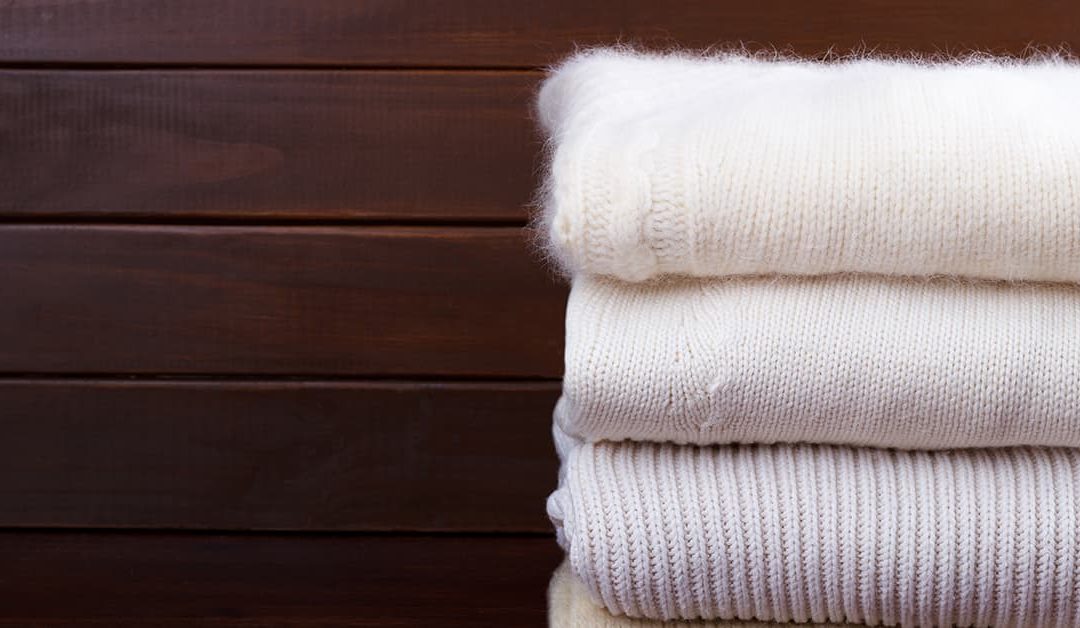You take certain clothing items to a professional cleaner because—well, usually it’s because there’s a label on them that says, “DRY CLEAN ONLY.” But in many cases, it’s also because we’ve made an investment in these items of clothing and we know that professional cleaning is the best treatment for them.
Also, in many cases, we’ve experienced first-hand what our home washer or dryer is capable of doing to a wool sweater or delicate silk blouse. So, dry cleaning it is!
Nothing Dry About It
Spoiler alert. The process of dry cleaning is anything but dry. It just doesn’t use water. To discover exactly what goes on, we have to take a trip back in time to Paris in the 1800s. There we would meet a man by the name of Jolly Belin.
The exact details have been lost to history, but Belin is said to have accidentally spilled kerosene on either some very dirty clothes or a highly soiled tablecloth. Whatever it was, the hydrocarbons in the kerosene did an amazing job of lifting and removing the stains embedded in the fabric.
It wasn’t long before Monsieur Belin opened up the world’s first establishment to use kerosene to clean clothes, rather than soap and water. Because the establishment didn’t use water, it was called a dry cleaner.
Cleaning with Kerosene
Why did Belin discover that kerosene did a better job of stain removing? He saw what we detailed here. If you don’t have time to read the details, suffice it to say that kerosene lifts dirt without impacting fabric fiber—the way that water can. Kerosene doesn’t permeate fibers the way water does.
There was one big problem with Belin’s new dry-cleaning process, though. Kerosene is flammable. Ultimately, dry-cleaning with kerosene failed to catch on because these establishments were routinely denied insurance.
A preferable alternative came along in 1948 by the name of perchloroethylene. It’s a nonflammable organic liquid chemical that lifts dirt from most fabrics, and it doesn’t cause dyes to fade or shrinkage. Even better, it can be reused. More recently, silicone-based chemicals and even liquid carbon dioxide has joined perchloroethylene as dry-cleaning solutions.
Wash and Dry
Water sometimes is the best stain remover. Cleaners will spot treat stains with a variety of different chemicals before the clothing item is “washed” in the dry-cleaning solution.
Your clothes are loaded into a device that looks and acts much like a front-load washer. It fills with solvent and the drum rotates. Soil loses its grip on the fabric fibers. The solvent is drained, and what looks like a washer then converts into a dryer.
Meanwhile, the dirt trapped in the solvent is filtered out, usually through a distilling process. The chemical is transformed to a vapor, and it’s ready to use again when it returns to its liquid state.
The final step is professional pressing to remove the wrinkles.
Water? It’s not part of the process (unless it’s to remove a stain). Your clothes still end up going for a ride in the washing machine. Thankfully, it’s no longer a kerosene dunking.

